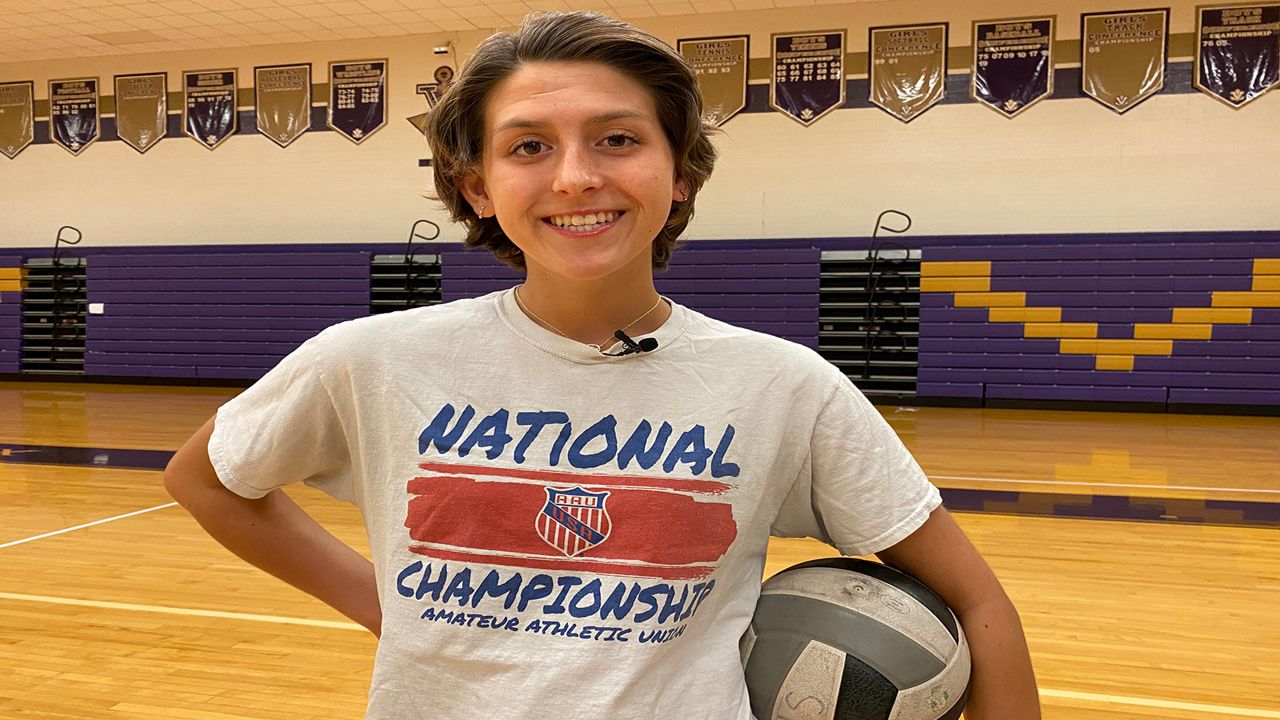CINCINNATI — She has a Bachelor’s degree in business, a degree of Culinary Arts from Cordon Bleu in London and she’s one of the 16 women in the world to earn the title of "World Master Chef." Now, Chef Meg Galvin is now working in a much different kind of kitchen on a college campus.
For the past 18 years, Galvin has been a culinary faculty member at Cincinnati State Community and Technical College as a part of their Midwest Culinary Arts Institute. She says the decision to move from the fast-paced restaurant industry to the classroom was a difficult one, but a conscious one, and she’s never looked back.
“I had children, and I wanted to be at home at night with them, and so I kind of got out of industry. I wanted it for my family life, and that’s hard,” said Galvin, a culinary professor at Cincinnati State.
Keep in mind that Galvin isn’t just-another-chef — she’s one of the best in the world.
“I was awarded the World Master Chef Distinction at the World’s Master Society. I was the 16th woman to have that,” Galvin said.
But awards and accolades weren’t enough to keep her in the industry. Nearly two decades ago, she brought her skills from the commercial kitchen to the classroom where she’s been doing what she loves — teaching culinary students at Cincinnati State and Technical College.
Galvin explained that her journey hasn’t been easy and just being a woman in itself is hard in the culinary industry where she says women chefs only account for about 23 percent of the industry.
This is an industry that’s suffering during the pandemic, and the effects of that have trickled down to her classrooms.
“We’ve reduced the class size 50 percent,” Galvin explained. “We’ve really gone through every effort because we just want to stay in school.”
However, Galvin has had to shift some of their course work online but there’s still plenty of work being done in the classroom.
“It’s very hard to teach this online. They need to touch. They need to smell. They need to feel.”







)

